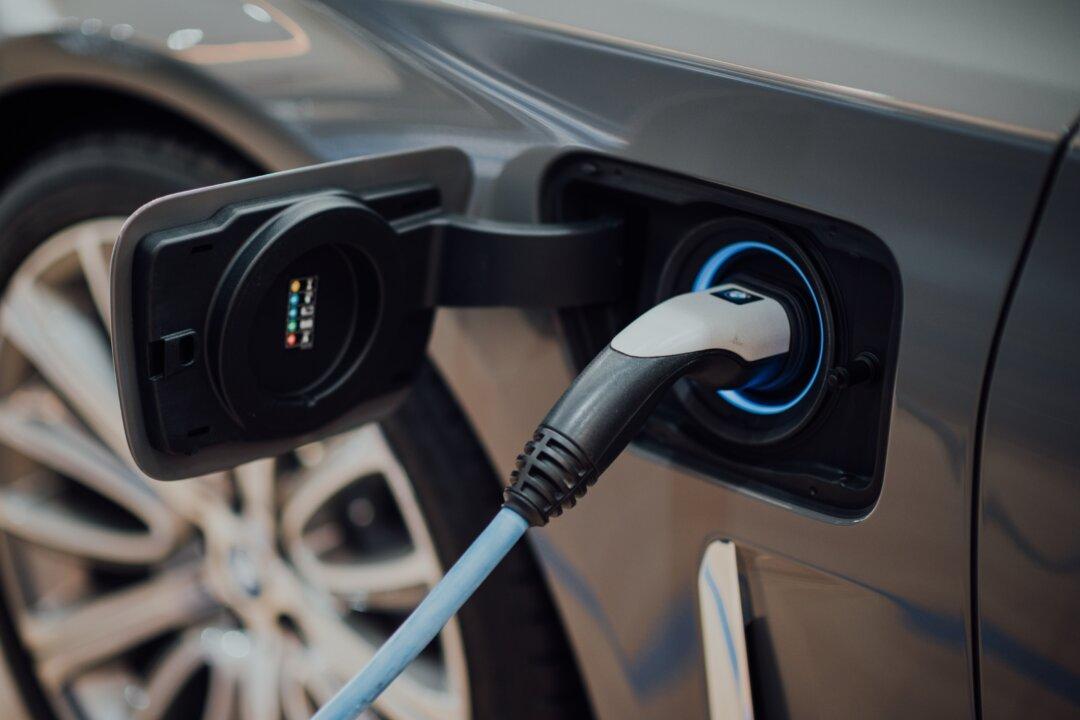Ottawa has committed to spending $200 billion to fight climate change, but some economists say it may not be taxpayer money well spent.
The federal government in Budget 2023 announced five major investment tax credits (ITCs) worth more than $60 billion over the coming 10 years to accelerate clean tech in Canada. Combined with the billions in subsidies for the electric vehicle (EV) industry and many other clean energy initiatives, the final tally is approximately $200 billion, Environment Minister Steven Guilbeault said in an April 5 news release.





